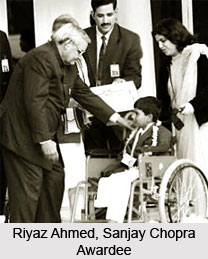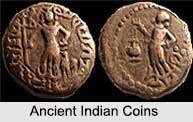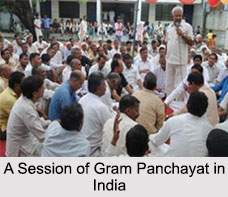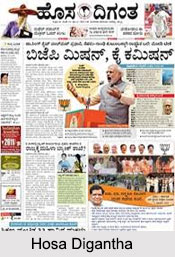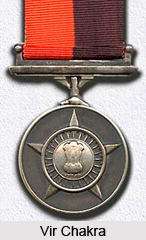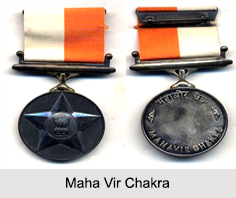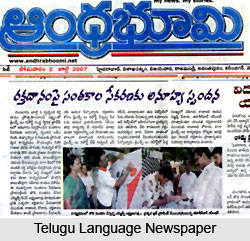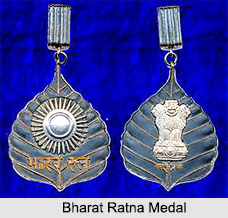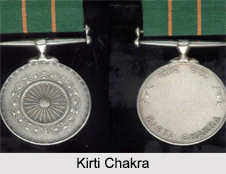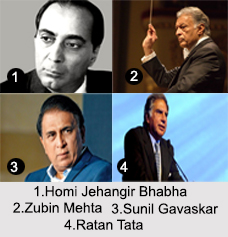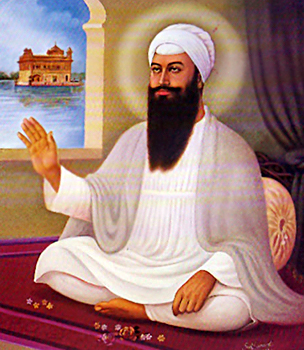 Indian Army under Sikhs was national in composition and outlook even though they enrolled Muslims and other classes in their armies. The evolution of the Sikhs into a military class is considered as another wonder in the country`s military history. The disintegrating Mughal Dynasty, weak governors at Lahore and the regular inroads of Ahmad Shah Abdali and others contributed significantly to the rise of the Sikhs as a military power. Just a few years before the first organised fight for independence in the year 1857 the Sikh power was broken and instead of being masters they joined the English armies as mercenaries. During 1857 fighting the Sikhs gave their life-blood for the establishment of the English rule in India.
Indian Army under Sikhs was national in composition and outlook even though they enrolled Muslims and other classes in their armies. The evolution of the Sikhs into a military class is considered as another wonder in the country`s military history. The disintegrating Mughal Dynasty, weak governors at Lahore and the regular inroads of Ahmad Shah Abdali and others contributed significantly to the rise of the Sikhs as a military power. Just a few years before the first organised fight for independence in the year 1857 the Sikh power was broken and instead of being masters they joined the English armies as mercenaries. During 1857 fighting the Sikhs gave their life-blood for the establishment of the English rule in India.
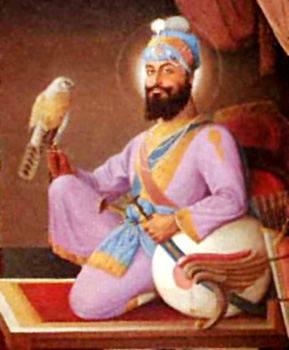 The Sikhs have sometimes been called a nation but primarily, they are the followers of a religion. The fourteenth and fifteenth centuries witnessed greatest amount of mental awakening which forced many a social change. With the arrival of fifth Guru Arjan Dev, Sikhism had spread considerably and had been acknowledged as a panacea. Guru Arjan Dev, however, soon came into conflict with Emperor Jahangir. The hostility of the Emperor increased, as even his advisers did not like the increasing influence of the guru. The death of the guru was the signal for a wave of torture and persecution against the Sikhs. Instead of having the desired effect it constrained the attitude of the oppressed who had great faith in the morality of their cause. This was the first noticeable change and slowly the whole attitude of the Sikhs was modified under the direction and leadership of Guru Har Gobind. Eventually, from a small religious body the Sikhs became a political force, with aims to defend their rights at all costs.
The Sikhs have sometimes been called a nation but primarily, they are the followers of a religion. The fourteenth and fifteenth centuries witnessed greatest amount of mental awakening which forced many a social change. With the arrival of fifth Guru Arjan Dev, Sikhism had spread considerably and had been acknowledged as a panacea. Guru Arjan Dev, however, soon came into conflict with Emperor Jahangir. The hostility of the Emperor increased, as even his advisers did not like the increasing influence of the guru. The death of the guru was the signal for a wave of torture and persecution against the Sikhs. Instead of having the desired effect it constrained the attitude of the oppressed who had great faith in the morality of their cause. This was the first noticeable change and slowly the whole attitude of the Sikhs was modified under the direction and leadership of Guru Har Gobind. Eventually, from a small religious body the Sikhs became a political force, with aims to defend their rights at all costs.
At his installation ceremony Guru Har Gobind armed himself in martial style and announced that he would wear his turban with a royal aigrette. He wore two swords as emblems of secular and temporal authority. He got for himself around fifty-two selected warriors. This is the first organised unit in Sikh military history. With the change in the outlook of the guru more disciples came forward. Each one so selected was given a horse and weapons and then trained for war. This young army under Sikh of firm, dependable and loyal followers was divided into troops of one hundred horses each under a captain. Thus, Guru Har Gobind slowly effected a change in the Sikhs and himself provided the robust leadership of a religious guide and secular ruler. With his forceful personality he was amply suited for this role. With this new avenue of employment opening before them more Sikhs came forward and enrolled themselves in the army under the guru. He even enrolled Pathans in his army.
Besides attending to his ecclesiastical duties, which he always did in full military array, Har Gobind trained himself and his followers in the art of war, knowing too well that the eventual clash with authority would come sooner or later. Much stress was laid on the training of the individual and physical efficiency. Guru Har Gobind had a stable consisting of 800 horses and 300 mounted followers. A guard of sixty matchlock-men also formed a part of his bodyguards. Apart from the Marathas, Sikhs also contributed to the downfall of the Mughals.





